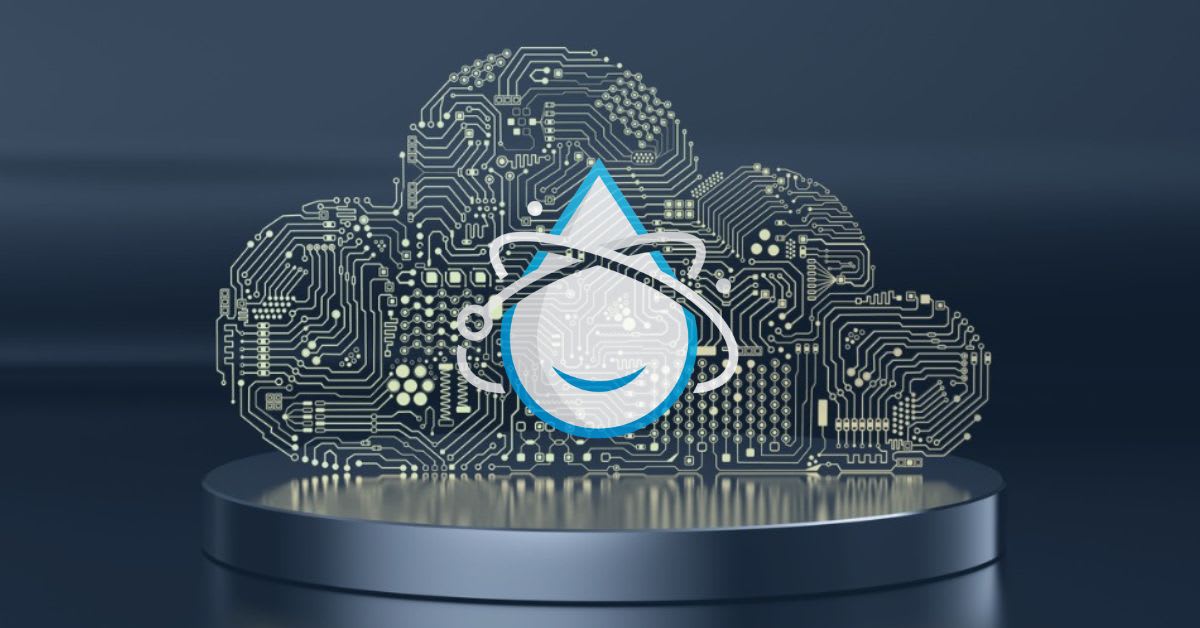
Moving to the cloud rarely seems optional for businesses today. At some point, the benefits of cloud migration outweigh any reservations, and companies transfer at least some of their workloads to the cloud.
The key is to ensure that your cloud migration goes smoothly. This means you should have a proven migration strategy in place and plan ahead for resolving any potential issues.
But first, let’s review what a cloud migration means for your business.
What is a Cloud Migration?
Data migration involves moving data from one system to another. A server migration would mean moving data between two servers. A cloud migration, then, usually entails moving data between two clouds or your on-premises server and the cloud.
While small migrations are relatively straightforward, large migrations require thorough preparation and precise configurations for the target servers, whether they are on-premises or in the cloud.
There are various benefits to cloud migrations, from reducing costs to improving performance and scalability, to diversifying backup solutions. But all of them depend on executing your migration properly.
10 Cloud Migration Best Practices
Below, we’ve collected 10 best practices that would help make your server migration to the cloud as seamless as possible.
1. Plan Your Migration Strategy
The first best practice for successful cloud migration is being clear on the reasons as well as business motives for it. You also don’t have to move all of your infrastructure at once. A phased migration, starting with the least critical workloads, is probably a good idea, especially if you don’t have a lot of experience in moving servers.
You should also decide on the cloud migration type you want to go with, from simply rehosting your application on another architecture (IaaS) to replatforming (PaaS), revising, rebuilding, and completely replacing (SaaS).
2. Analyze Your Infrastructure
It’s critical to review all the elements of your infrastructure before you start migrating files. Mapping out all the dependencies between various parts of your application would decrease the possibility of breaking something during the migration.
Ask yourself which systems are the easiest to migrate to the new environment. And, think about how every step in the migration would affect the overall enterprise architecture.
3. Improve Your Data
If your cloud migration isn’t rushed (and it shouldn’t be), another best practice is to plan enough time to review the data you’re planning to move.
Think of all the content in your database instances that is redundant, obsolete, or trivial (ROT). Why spend the time and resources moving it around? Devising a way to clean up your data would help you restructure your content, improve security and remove sensitive information.
For instance, old installed software updates, backups, and log files are often areas to clean up data before a move. Just ensure to keep them on a separate server for at least 60 days in case they are needed.
In the end, you’ll only migrate data that has true business value.
4. Align Stakeholders Across Business and IT
A lot of after-the-fact migration issues arise because business and IT teams haven’t been communicating their respective goals to each other throughout the process.
Ensure your best practices checklist includes gathering a clear understanding of business goals as well as technical challenges before starting the cloud migration to avoid delays and incomplete data transfers.
Involve other stakeholders who can help identify which applications should be moved first and which are less relevant. Make sure they are aware of any disruptions during the migration if it affects their work.
5. Isolate the Migration From Normal Operations
The number one priority during any migration is to ensure that none of the day-to-day operations are getting disrupted.
Use staging servers and configure them to be as close as possible to production to port over data with minimal interruptions when everything is ready.

6. Check All Application Stack Requirements
Migrating the actual codebase is only part of the problem. For a smooth migration to the cloud, another best practice is to consider the whole environment as it runs right now as well as what it’s going to be on the target server.
Sometimes, applications require (or run better on) specific servers and configurations that you might not think about otherwise.
7. Optimize for Accuracy, Then Speed
Most companies migrate their servers to make everything work faster. But the most important thing in the migration process is that everything continues to work as it should. Fast and incorrect gets you nowhere.
So if you’re doing any code optimization, make sure it runs on a new system first. You can always optimize for speed later on.
8. Don’t Migrate Apps in Active Development
Moving apps (or parts of apps) that don’t work yet or have bugs between servers can be really difficult since it’s hard to find errors introduced during migration.
The general idea for code synchronization is to freeze and migrate the foundation of your codebase first. Then test it and only migrate any code changes after that.
9. Test Everything
Just like a thorough plan for the cloud migration itself, your best practices checklist should include a detailed plan for testing all your systems in the new environment.
After all the tests are done, your migration can be considered complete, and you can start working on optimizing your code or continue any development you were doing before.
10. Rollback Plan
Have a backup and recovery strategy that include all necessary steps to unwind any and all migration steps. This includes keeping your previous infrastructure online and running for at least a week after the migration is complete.
You will also need to know how to remediate issues and if these issues necessitate restarting the migration altogether. If the issues are minor, they may only take an adjustment. Having a trusted infrastructure provider at your disposal can be crucial to your success.
How to Migrate to the Cloud
Migrating to the cloud might seem daunting, and for good reason! It’s a time- and resource-consuming process that frequently interferes with your actual business operations.
Have any questions regarding selecting the right cloud server environment to migrate to? Need to develop a step-by-step plan for migrating your server?
At Liquid Web, we help thousands of customers worldwide find the perfect server infrastructure for their needs, whether it’s VPS Hosting or Cloud Dedicated Server Hosting. For example, a VMware Private Cloud is a fully managed, highly available infrastructure that can scale with your business while only using the resources you need at any given time. Get in touch today, and one of our technicians would be happy to help you with your migration from A to Z.
[ad_2]
Source link







